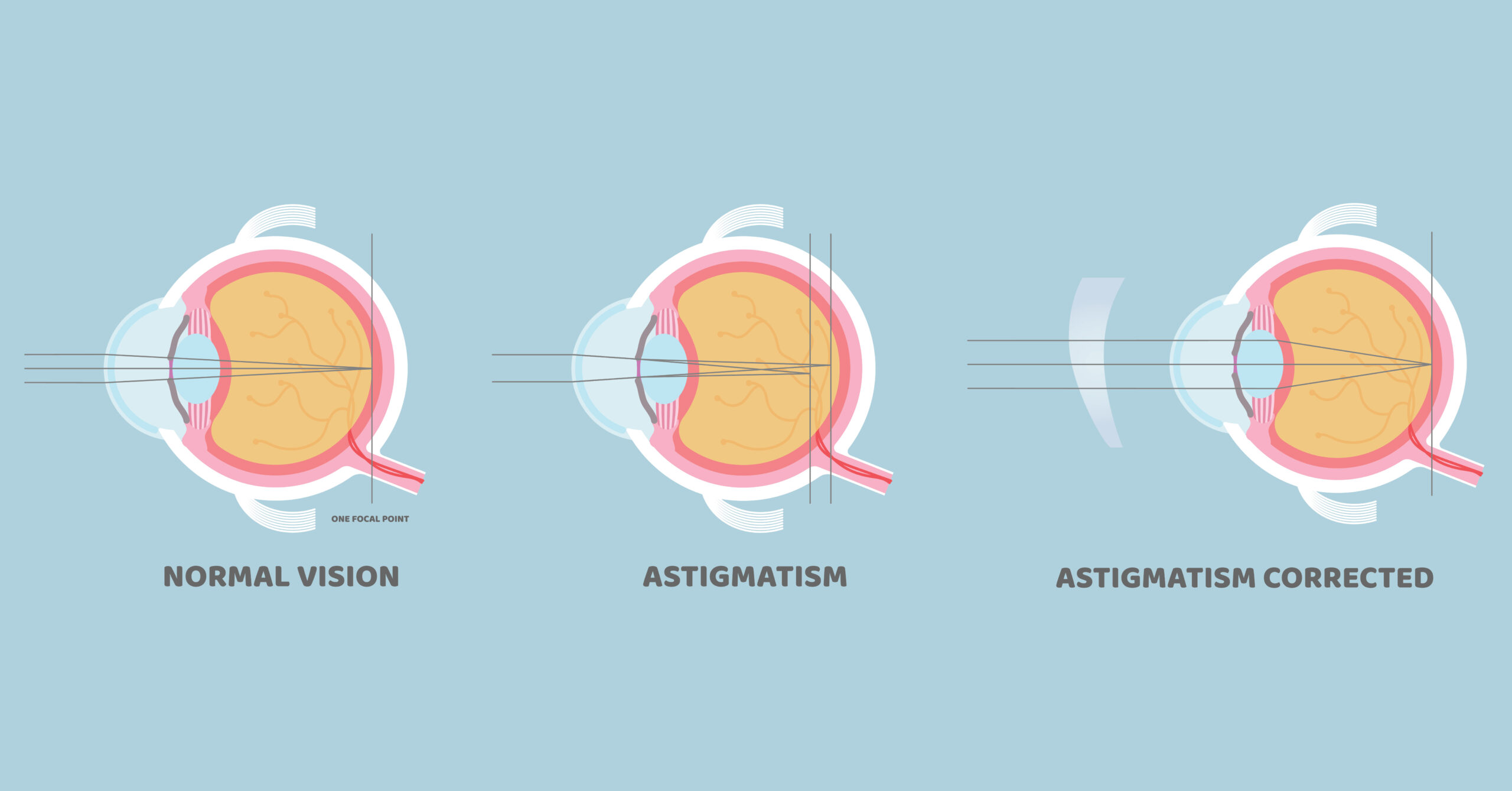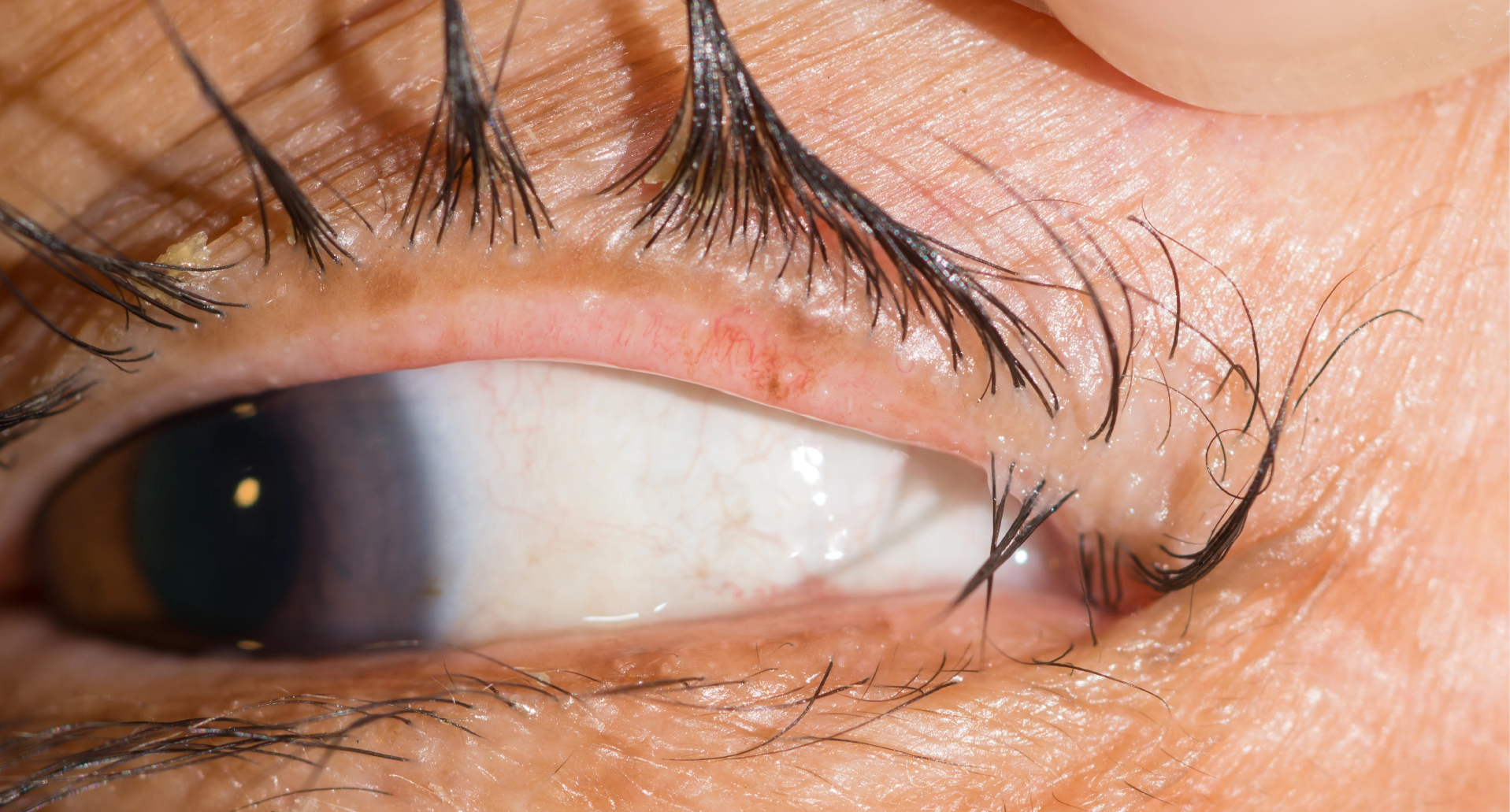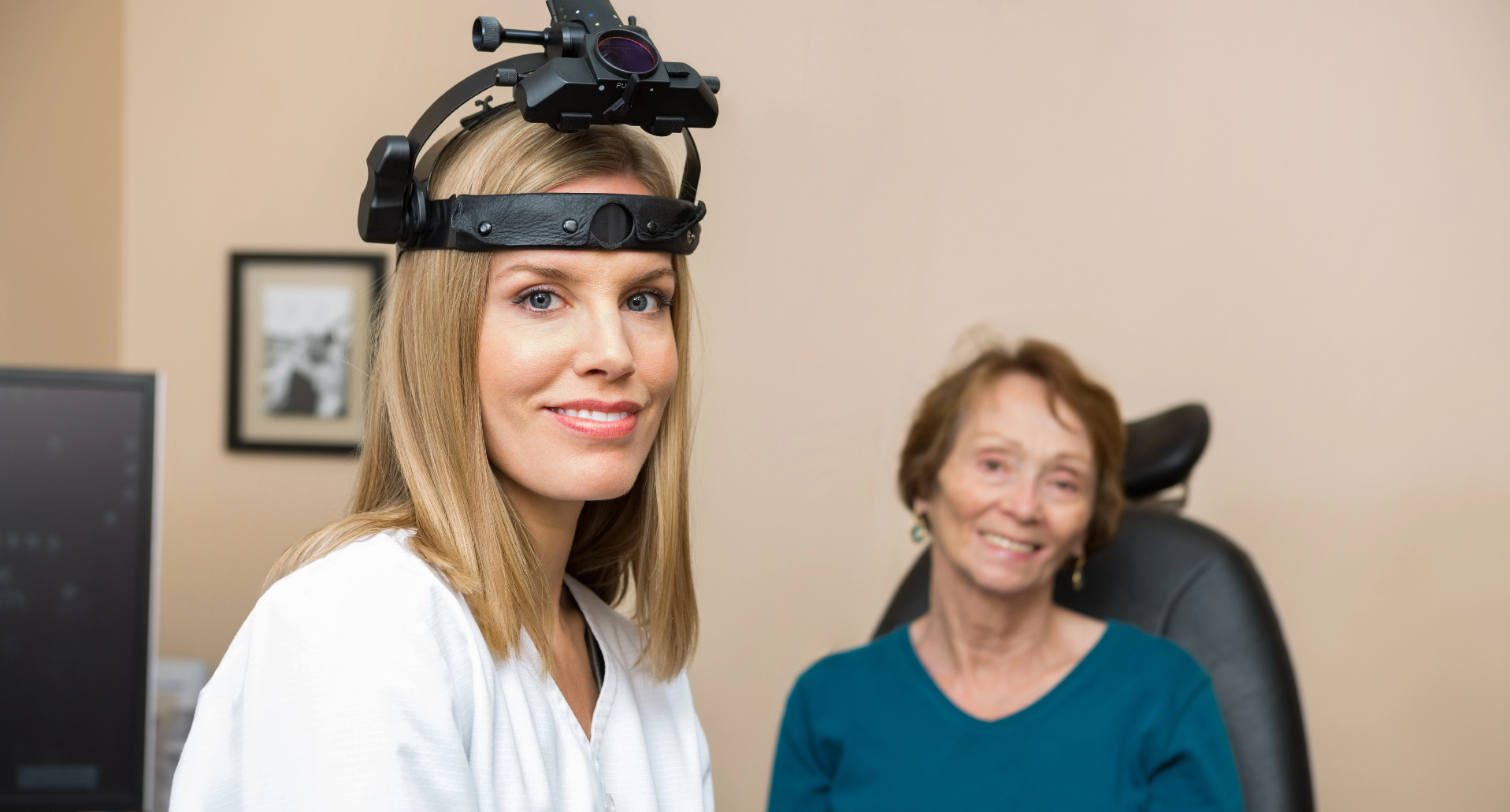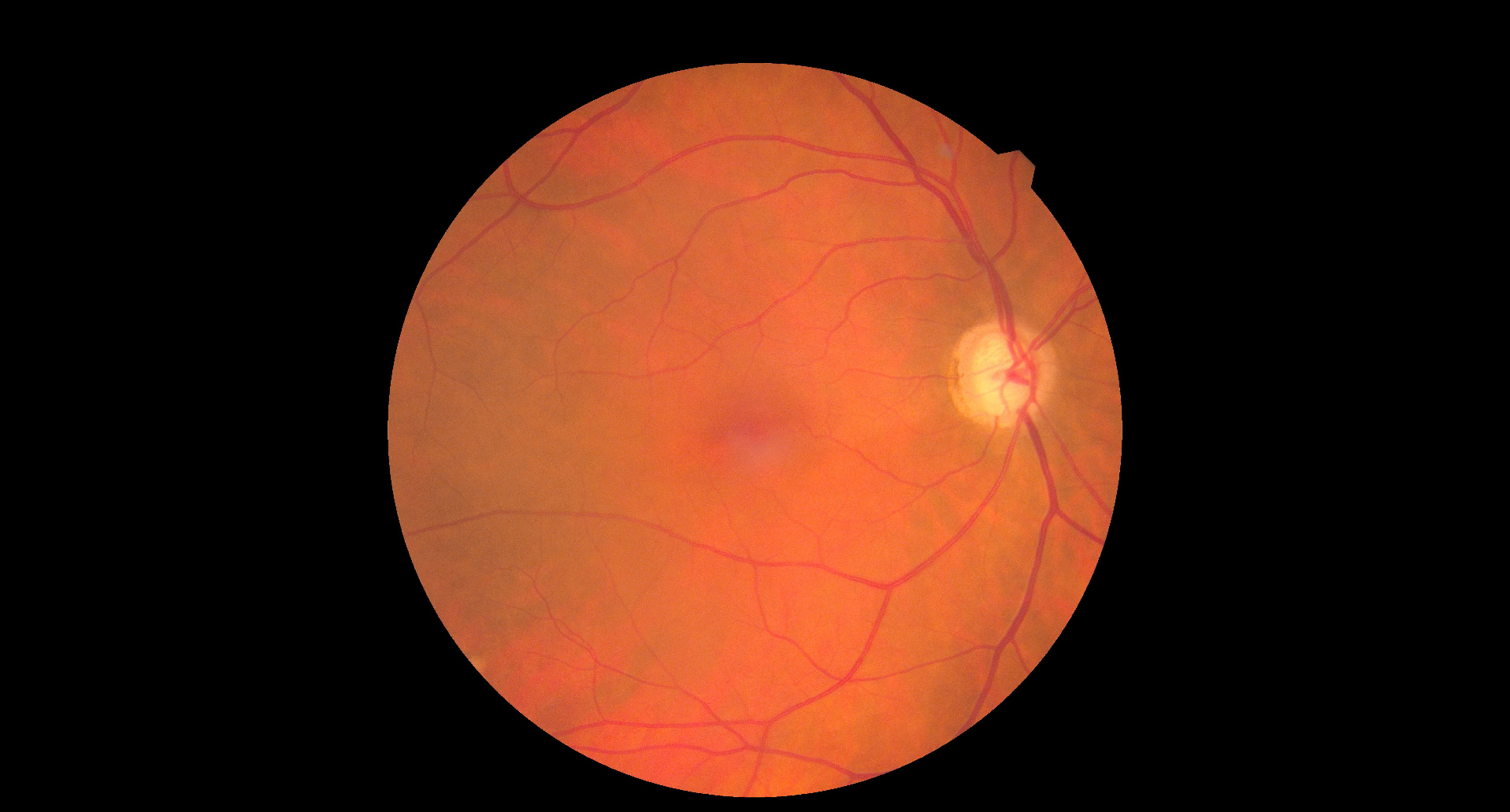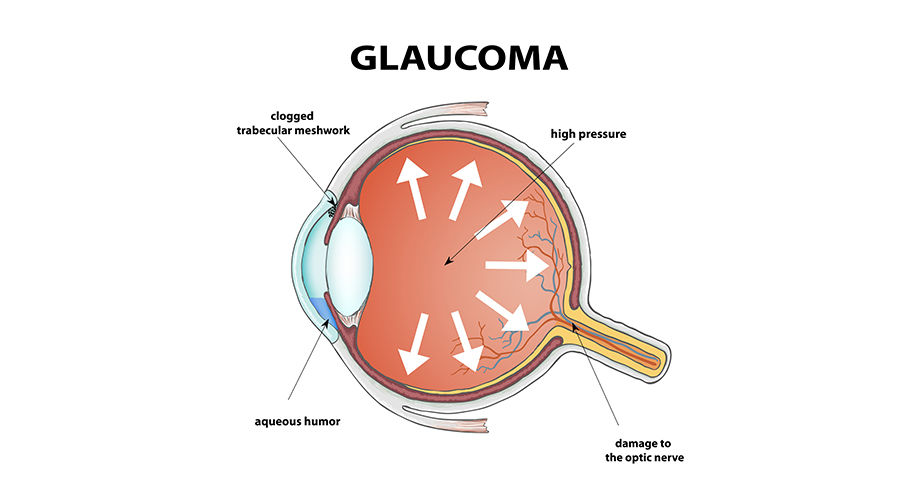Many times, we experience blurriness in our eyes. We often think that all we need is a pair of spectacles to get clear eyesight. However, what we don’t realize is that the problem could be something else entirely, like astigmatism.
Many of us don’t even know about astigmatism. It’s a common eye condition that often goes unnoticed because its symptoms can be easily mistaken for other vision problems. But understanding astigmatism is the first step toward getting the right treatment for clearer, more comfortable vision.
In this blog, we’ll take a closer look at astigmatism: what it is,its causes, how to identify its symptoms, and the treatment options you can consider. Let’s explore this condition and how to manage it effectively.
What is Astigmatism?
Astigmatism occurs when the cornea or lens of the eye is irregularly shaped. Instead of being round like a basketball, the cornea or lens is shaped more like an oval. This uneven shape causes light to enter the eye at different angles, leading to blurry or distorted vision. Astigmatism is a common condition that can affect people of any age.
What are the causes of Astigmatism?
Astigmatism can be caused by a variety of factors. The most common cause is a naturally occurring irregular shape of the cornea or lens. This can be inherited, meaning it runs in families, so if your parents have astigmatism, you may be more likely to develop it.
Some other causes include:
- Genetics: As mentioned, astigmatism is often inherited, which means if someone in your family has it, you might also be prone to developing it.
- Eye Injury: Trauma to the eye can change the shape of the cornea, leading to astigmatism.
- Surgery: Some eye surgeries, such as cataract removal surgery, can alter the shape of the cornea and cause astigmatism.
- Keratoconus: This is a condition where the cornea becomes progressively thinner and more cone-shaped, leading to severe astigmatism.
What are the symptoms of Astigmatism?
The symptoms of astigmatism can vary depending on the severity of the condition. Some common symptoms include:
- Blurry or Distorted Vision: You may notice that both close-up and faraway objects appear blurry or stretched out.
- Eye Strain: People with astigmatism often experience eye fatigue, especially after reading or using a computer for extended periods.
- Headaches: Frequent headaches can occur due to the effort your eyes make to focus properly.
- Squinting: People with astigmatism may squint frequently to try to see more clearly.
- Double Vision: In more severe cases, astigmatism may cause double vision.
If you experience any of these symptoms, it’s important to see an eye care professional for a proper diagnosis.
How to Diagnose Astigmatism?
Diagnosing astigmatism is just as important as diagnosing other eye conditions like diabetic retinopathy or retinal detachment. When you visit an eye care professional, they’ll conduct a comprehensive exam to assess the shape of your cornea and determine how light enters your eyes. This helps identify astigmatism and rule out other issues that might be affecting your vision.
- Visual Acuity Test: This is the standard eye chart test where you’ll be asked to read letters from a distance.
- Keratometry: A keratometer measures the curvature of your cornea. This helps to identify the degree and type of astigmatism you have.
- Corneal Topography: This more detailed test maps the surface of your cornea, providing a 3D image to determine its shape.
These tests in an eye hospital allow your eye doctor to assess the degree of astigmatism and determine the best course of action for treatment.
What are the treatments of Astigmatism?
Astigmatism can be effectively treated with corrective lenses or surgery, depending on its severity. Let’s explore the most common treatments:
- Eyeglasses: Prescription glasses with cylindrical lenses can correct astigmatism. The lenses work by compensating for the irregular shape of your cornea and providing clearer vision.
- Contact Lenses: Toric contact lenses are designed specifically for astigmatism. These lenses have different powers in different meridians to correct the uneven curvature of the cornea.
- Refractive Surgery: Surgical options, like LASIK or PRK (photorefractive keratectomy), can be used to reshape the cornea. These procedures aim to reduce or eliminate the need for glasses or contacts by correcting the corneal shape permanently.
Conclusion:
Astigmatism is a common but manageable eye condition that can lead to blurry or distorted vision. It’s often caused by an irregularly shaped cornea or lens and may be inherited, though it can also develop from eye injuries or surgeries. If you experience symptoms such as blurred vision, eye strain, or headaches, it’s essential to get a comprehensive eye exam at a trusted eye hospital like Infigo to determine if you have astigmatism. Treatment options like glasses, contact lenses, and surgery can restore clear vision and enhance your quality of life.
